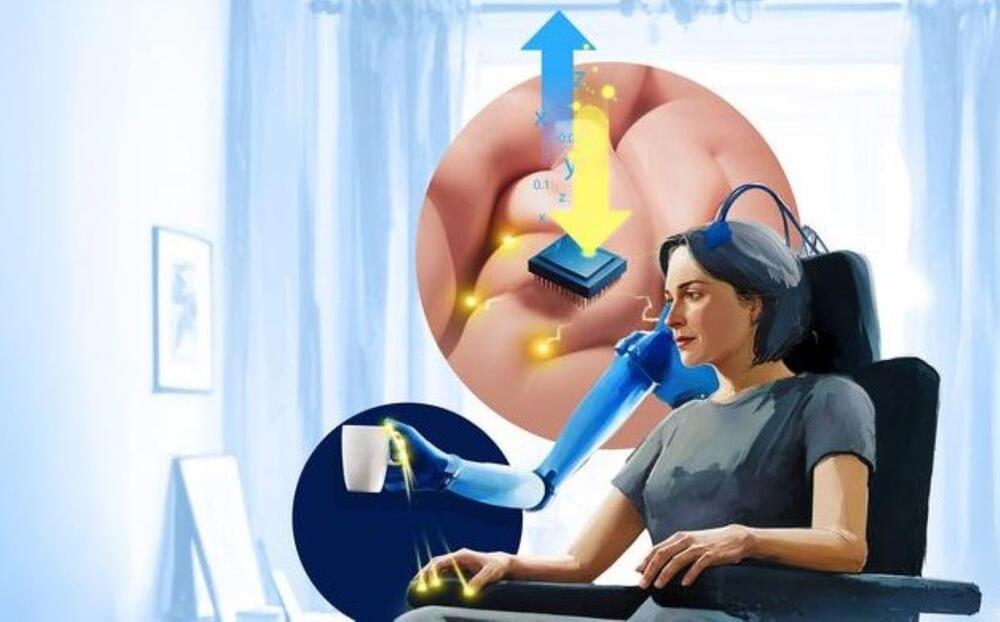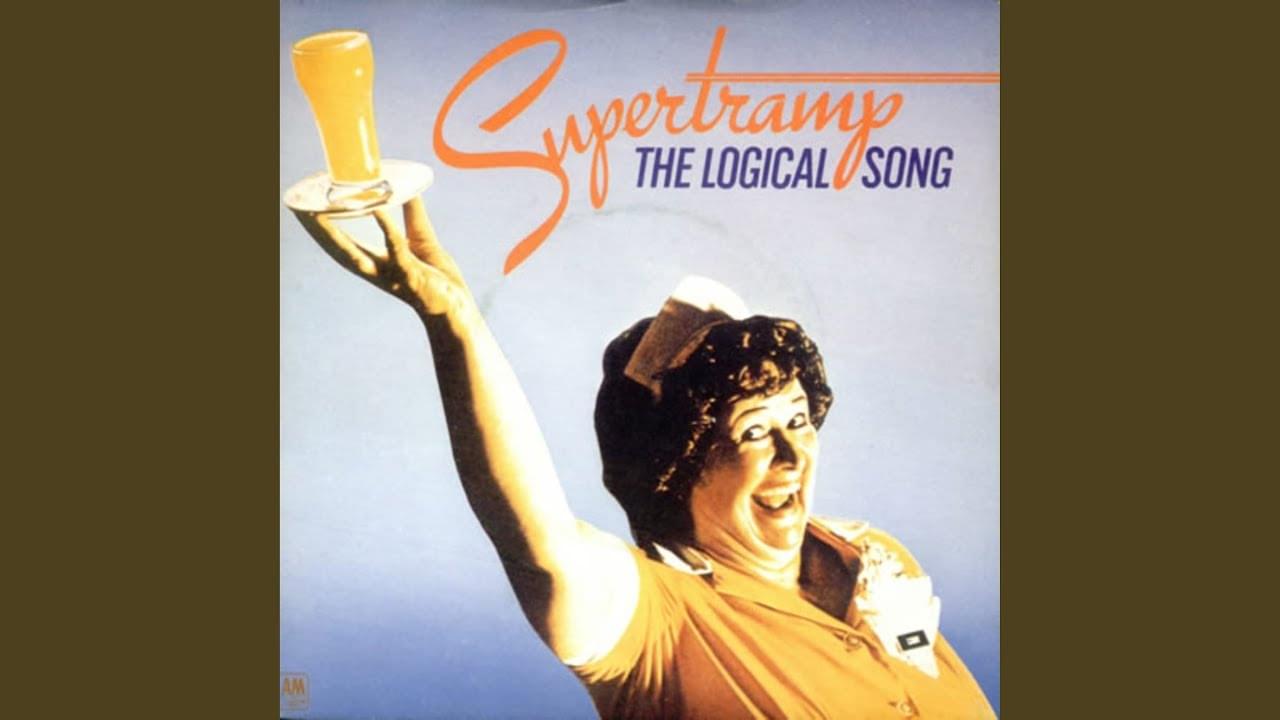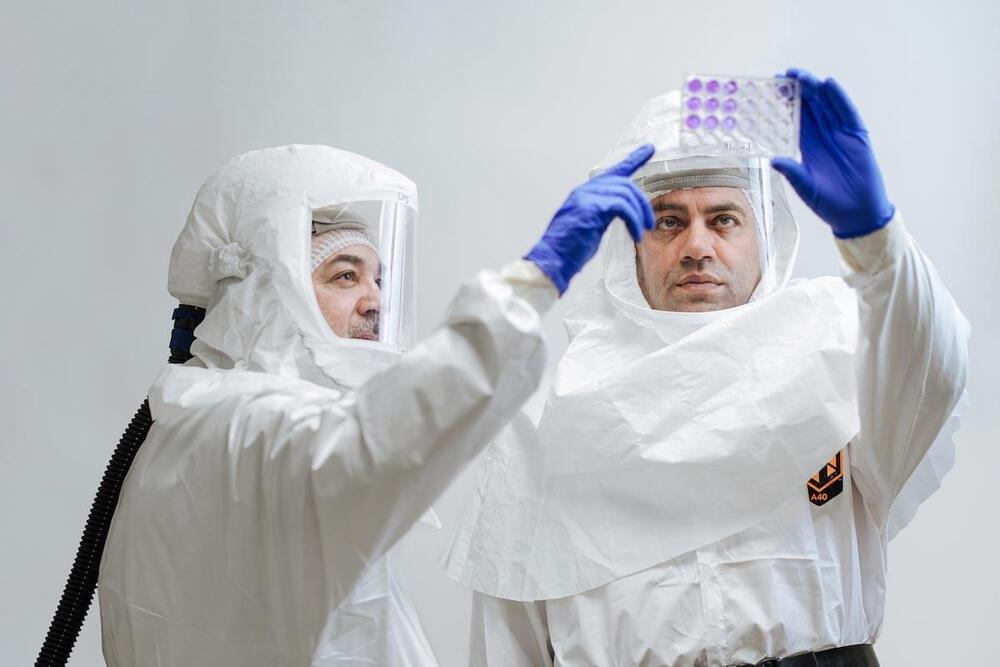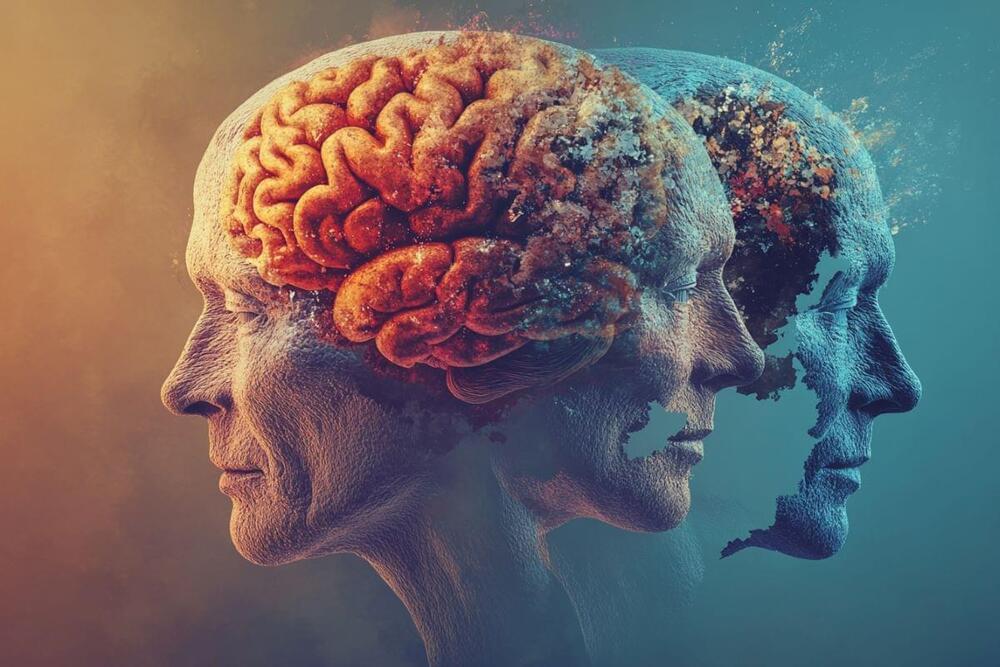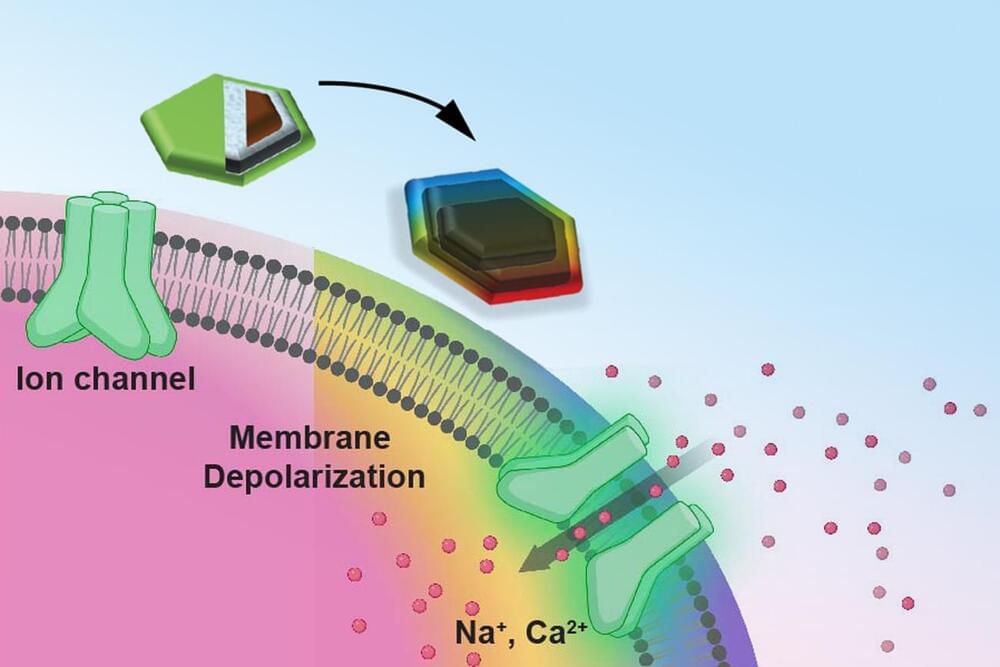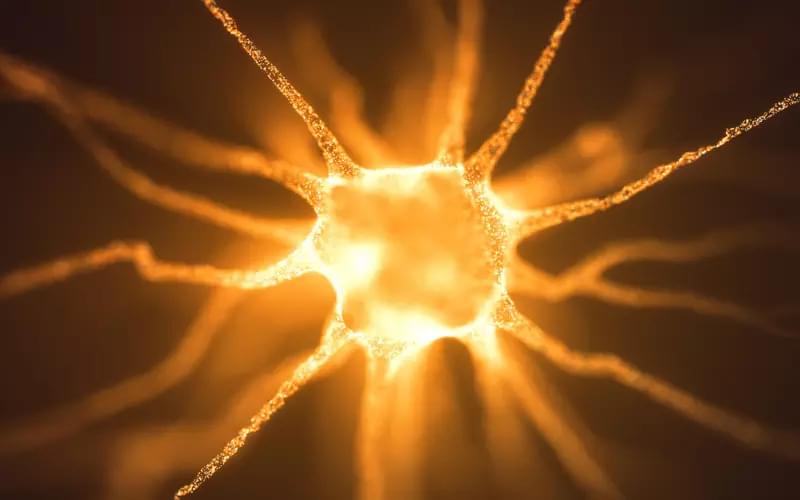Summary: A study analyzing data from over 2 million veterans found that GLP-1 receptor agonists, popular weight-loss drugs like Ozempic and Wegovy, provide significant neurological and behavioral health benefits, including reduced risks of addiction, Alzheimer’s, and dementia. However, they also pose risks for pancreatitis and kidney conditions, emphasizing the need for careful monitoring.
The drugs mimic hormones that curb appetite and aid weight loss but may act on brain regions tied to impulse control and inflammation, explaining their broad effects. Researchers stress that while the benefits are modest, they may be impactful for conditions with limited treatment options, highlighting both their potential and limitations.

